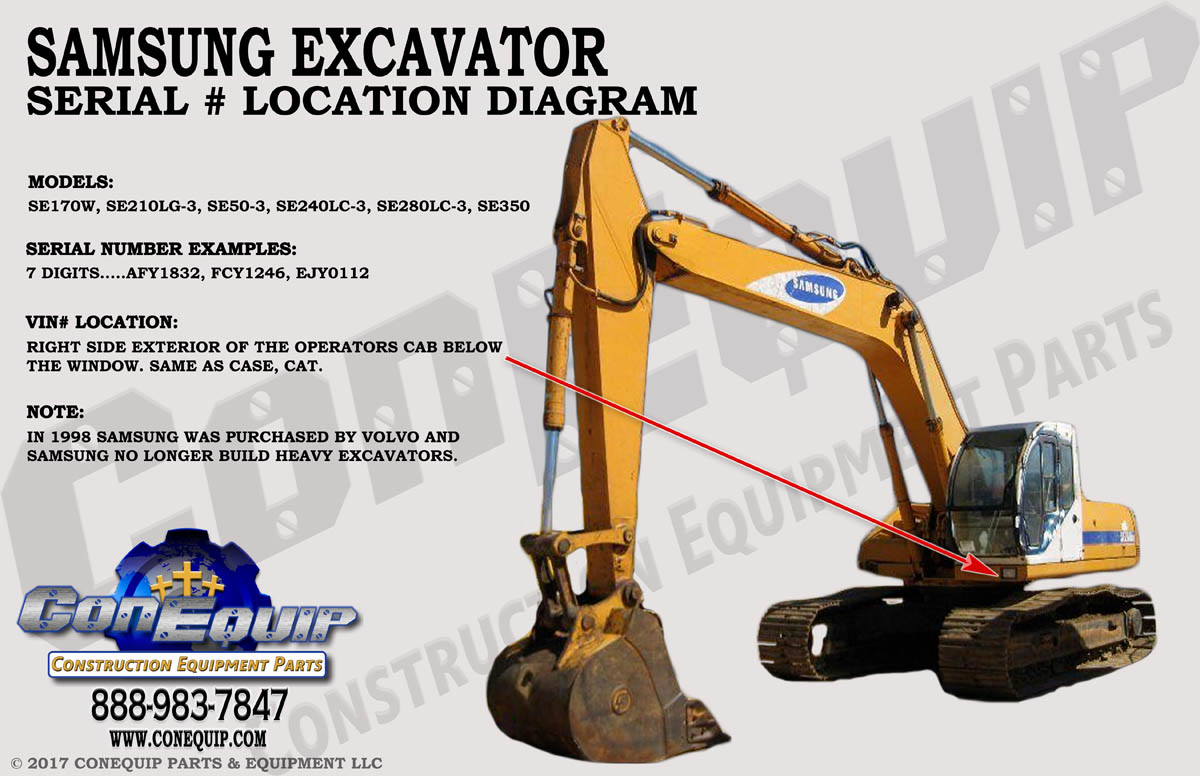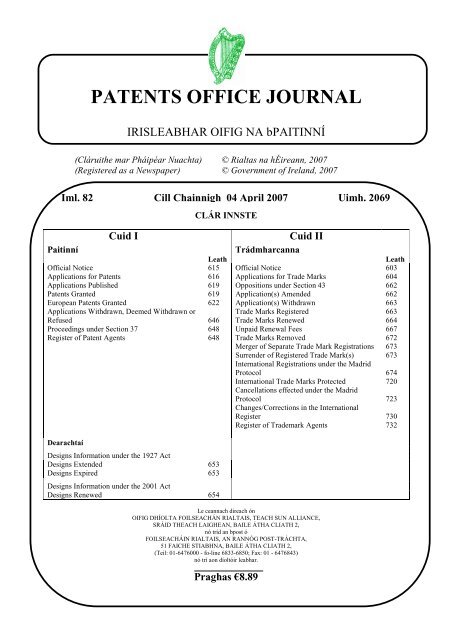
Why do I need an engine serial number to figure out what parts fit my Volvo?
Let's get to Decoding VIN Numbers Example YV1 S J 52 Y 8 4 2 379291 YV1 = passenger car, 'World Manufacturer Identifier' S = 2000- 2007 Volvo V70, XC70. Genuine part number: KR55WK49264, AC53440050, 30659637, 8676870, 300659636, 30659637, 31391409. LISHI 3-1 DECODER NE66 VOLVO. View Add to Compare. ZEDFULL SOFTWARE FOR UNLOCKING VOLVO REMOTES. 1 RS232 serial ports.
Volvo is notorious for changing engine parts in the middle of production model years. When they do this, they make a notation in their parts catalog stating what engine serial number ranges a product fits: 'Fits up to and including engine serial number -3082419' or 'Fits from engine serial number 3082420- onwards' or similar.
Volvo doesn't make their engines in the same factory as their car bodies (indeed, they make car bodies around the world, including here in the US), so the engines are crated up at their factory in Sweden and sent in batches to a car body factory to be installed in to cars. Thus, the safest way to track different versions/revisions of parts on these engines is by the engine's serial number.
Below you'll find engine serial number locations for all modern Volvos. If you're not sure of your Volvo's platform and generation (P2, P3, etc.), check out your car's history and info in our shop-by-model detail pages.
P80, NedCar, and P2s with 'white block' engines, 1990s to mid-2000s
- 850
- S70/V70
- 940/960
- C70 coupe and convertible
- S40/V40
- XC90
- S80
- S60/V70
- XC70/V70 XC
For the Volvos of the 1990s to mid 2000s with the 'white block' inline-four, -five, and -six cylinder engines, Volvo puts the engine serial number in two places: a sticker on the upper timing cover and a stamping on an engine block surface. It is very common for the sticker on the timing cover to be missing or damaged but the stamping on the engine block is always there.
The sticker and the stamping both have the engine family and the engine serial number. If ever in doubt what engine is in your Volvo, check the stamping!
The stamping on the block is a little bit difficult to see, but with a little persistence and a bright flash light, you will find it:
P1 and P3s with 'compact five' engines, mid 2000s to mid 2010s
- S40/V50
- C30
- C70 folding hardtop
- S60/V60
- Some later V70 XC70s
- Some later XC60s
Volvo began to use a special compact variation of their venerable 'white block' inline-five engine in their P1 and P3 platform cars. These have somewhat trickier to read engine stickers showing the engine family and serial number, but they're still there and still important for things like different tensioners or water pumps past a certain engine serial number.
On the compact fives, the engine serial number sticker has moved to the lower timing cover, sitting just above the crankshaft pulley and just below the engine mount. It's difficult to see in place because it's right next to the frame rail, but can be seen with either the right-side (passenger in the US) engine mount removed or through the right-side wheel well with the plastic wheel well liner pulled up.
If you're changing your engine mount or doing belt service, take the time to look for the sticker and write down your serial number. You'll thank yourself later!

P3s with 'short six' engines, mid 2000s to mid 2010s

- S80
- XC60
- XC90 '3.2i'
- S60/V60
- XC70/V70
At the same time Volvo introduced the compact versions of the old 'white block' inline fives, they also introduced new, clean-sheet 3.0 turbo and 3.2 inline six engines, sometimes known as the 'short six' because of the engineering tricks Volvo used to make an inline six engine fit transversely in engine bays.
One of these engineering tricks was to move belt-driven accessories like the water pump, alternator, and A/C compressor from the end of the engine to the sides via relay shafts and gears, making the whole engine shorter since it no longer needs a crankshaft pulley to drive those accessories via belts.
Without a crank pulley or belt drive, the end of the engine block is nice and flat, and the engine serial and part number stickers are in these locations:
- The engine serial and VIN sticker with barcode (blue) is sideways on the right side of the cylinder head, behind the upper torque mount and visible with the engine cover removed
- The engine part number sticker (yellow) is on the large rubber plug where the crank pulley would normally be.
We've found that engine serial number is less critical with the short six family of engines, as most fitment issues can be generalized to either the engine model (like B6304T2 vs B6304T4) or to chassis breaks, both of which can be figured out from the VIN. Still, if you need it, here it is.
P2 and P3s with V8 engines, mid 2000s to early 2010s
- S80 V8
- XC90 V8
In large Volvos like the XC90 and S80, one of the optional engines was a 4.4L V8 made by Yamaha for Volvo. Vee engines are unusual for Volvo, and this engine has its sticker in an unusual spot: between the banks of the vee, above the central belt idler pulley.
Later P3s and SPA/P5s with VEA engines, 2015 and beyond
Volvo has adopted a common family of 2-liter, four-cylinder turbo-, super-, and twin-charged engines called VEA ('Volvo Engine Architecture') to power all of its latest US-market cars.
While there are many tiny variations of these engines, they all share many common elements:
- Engine serial number (red) and engine part number (green) on a sticker on the upper timing cover
- Engine serial number (red) and engine model code (blue) stamped on the PCV box by the spark plugs under the engine cover
These products are linked to this Technical Article
By Mike Halligan, Sales Representative
All Volvo engines come from the factory with a metal tag riveted on the engine or outdrive which has the serial number and the engine identification.

From the late eighties and up, the serial number should be ten digits in length. If you can provide us with this number, most of the time we can tell you exactly what the engine or outdrive is along with the year of production.
Routine engine maintenance, including the timely replacement of gas and oil filters on your boat is the key to a long marine engine service life. One challenge that people often face is how to correctly identify what they have for an engine.
Volvo Penta has over the years had several different methods of identification. Engines built before 1993 are painted red in color. Until the late eighties, the engines had a prefix which told you what type of application it was: inboard (MB or BB) or inboard out board (AQ), followed by a displacement or horsepower rating number, depending on the year. A letter on the end indicated the production version. So if you have an engine that says AQ131B on it, we know:
- it is an inboard/out board (AQ131B)
- it has approximately 131 shaft hp (aq131B)
- it was produced in 1986 or 87 (aq131B)
The later models in this series (early nineties) changed to a system based on displacement. Engine models had a three-digit number followed by a letter. For example, the 43 in 430 signifies that the displacement is 4.3 liters and the third digit is for model control. A 434 and a 432 are both 4.3 litter engines but the different third digits indicates a difference between the two engines. Volvo manufactured this family of engines until 1993.
Incidentally, from 1993 to 1998 or so Volvo supplied both engines and sterndrives to OMC. The drives were branded OMC Cobras but were really manufactured by Volvo. These engine models had a two-digit number and followed by a string of letters to identify the year and model. For example a4.3GLPNCA is 4.3 litters, and the:
G identifies that it is a General Motors block,
L tells you that it is limited output. L= limited, S= Superior, X= exceptional i = stands for fuel injection (the lack of and “i” means that it is carbureted)
P tells you that it has power steering,
NC identifies that it is a 1996 model year and
A is the service code for version control.
The fourth and fifth (or fifth and sixth) letters always identify the year of the particular engine in question. The year codes for different years is as follows:
Volvo Vin Number Decoder
MD = 1993-1994
HU = 1994-1995
NC = 1996-1997
BY = 1997-1998
WT = 1998-1999
EF = 1999-2000
Volvo Excavator Serial Number Decoder
From model year 2000 and up, engines were again painted red in color, and the identification methods changed. The first two numbers is now the displacement followed by a letter, which indicates the supplier of the engine block. For Ocean Series, this letter is replaced with OS and indicates it can be used with Ocean Series outdrives. One or two letters identifying the fuel system and the output (lower case i stands for fuel injection) follow the supplier ID. It should also be noted that the 3.0 will also have a letter that identifies the steering method M for manual and P for power. For example, we have a 5.7GXi-A. We know that this engine has a 5.7 liter displacement, that GM supplies it, and that is has an exceptional out put with fuel injection (Xi). We also know that this is the A version which is the first version for this engine which would come before the gxi-b or –c, but is not indicative of a specific year of production.
Volvo Excavator Serial Number Decoder
- Posted in: The Express ♦ The MPE Crew
- Tagged: engine identification, Marine Parts Express, serial number, volvo penta